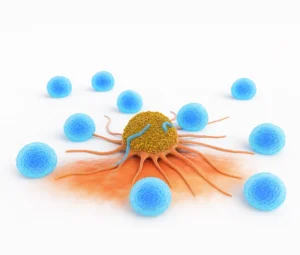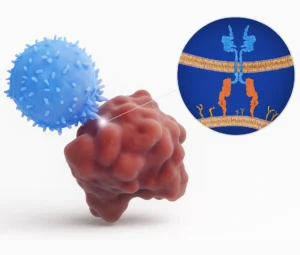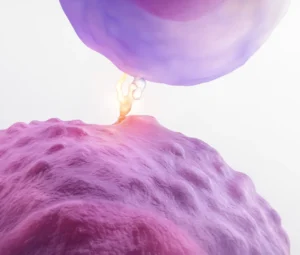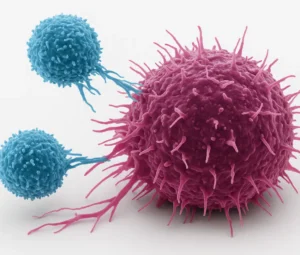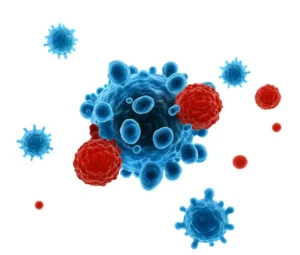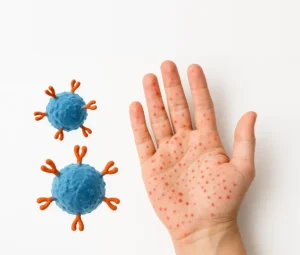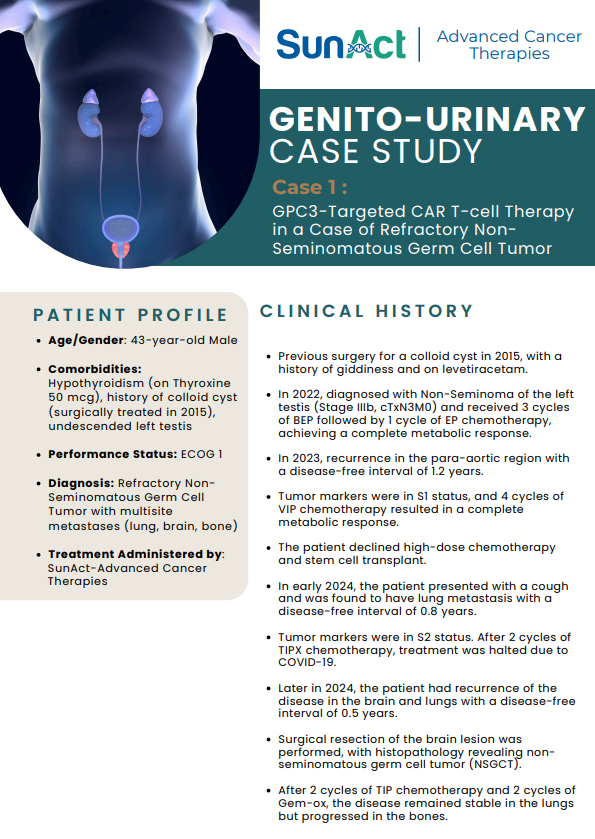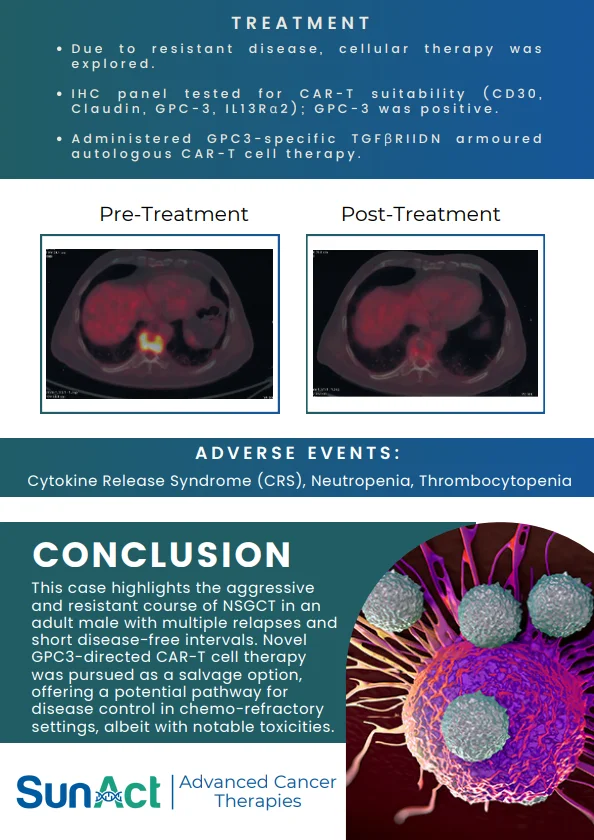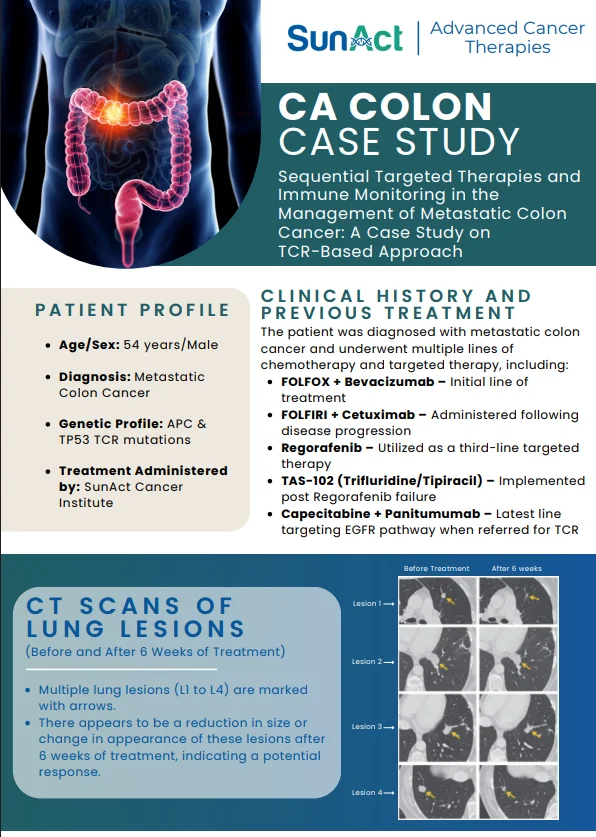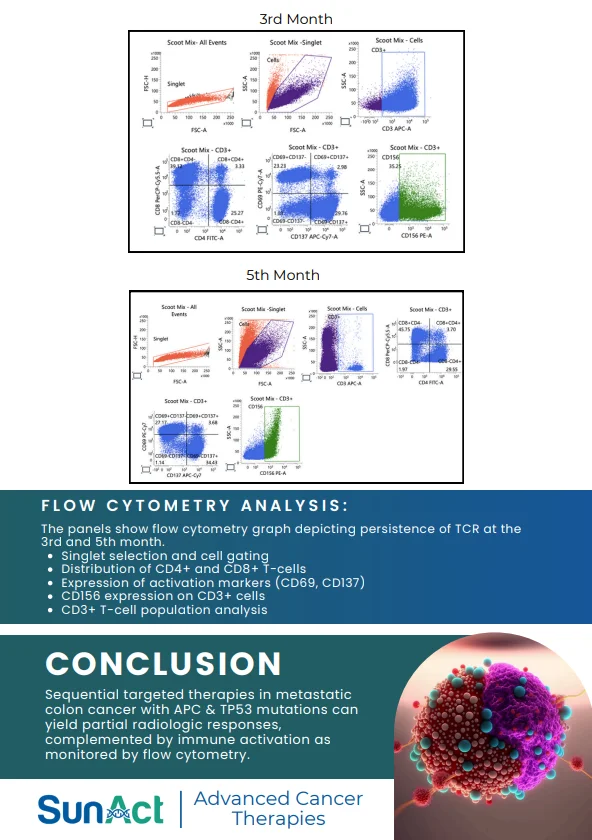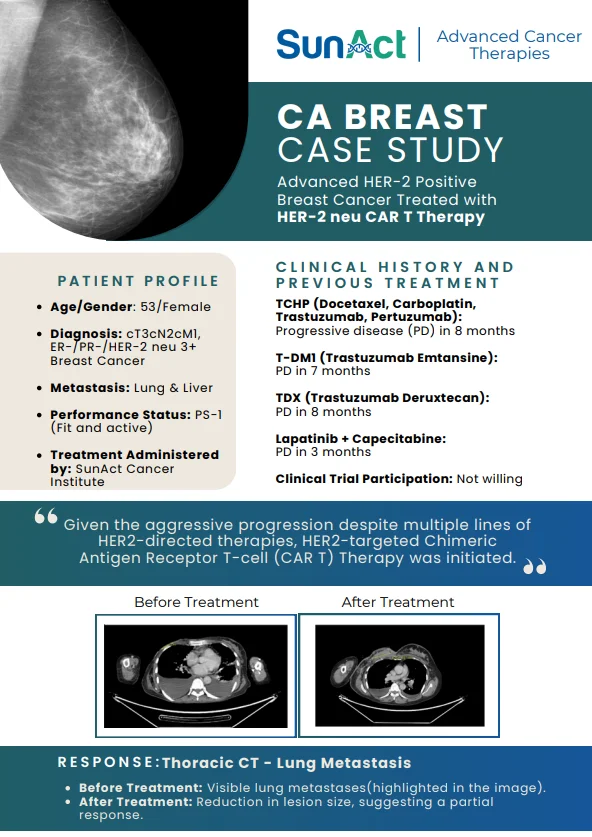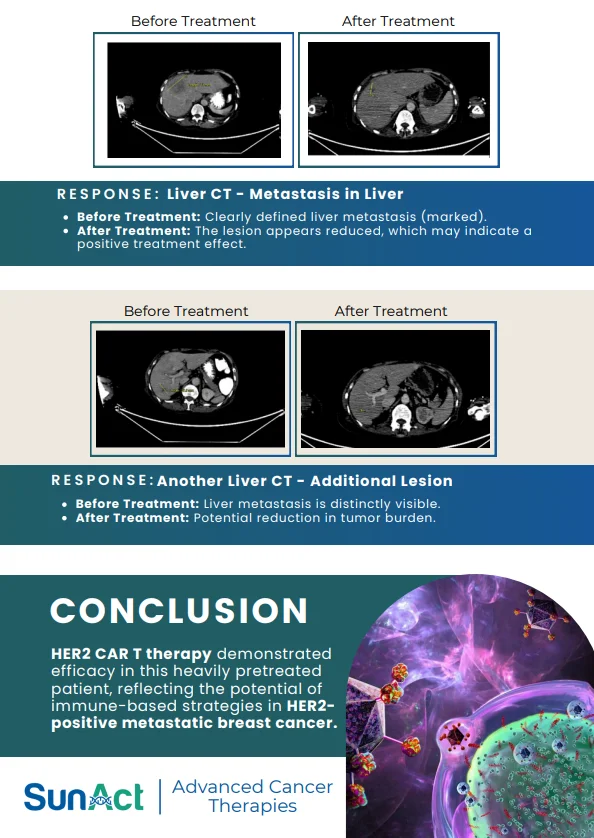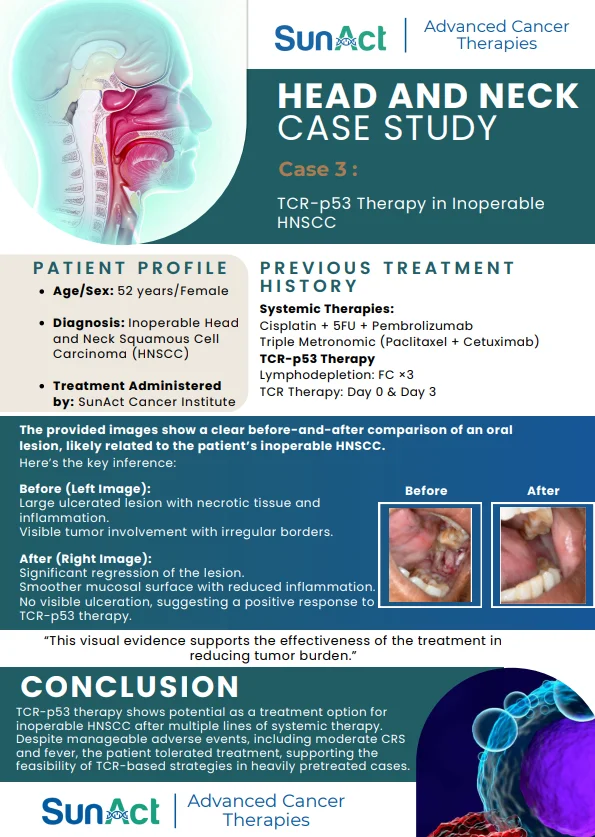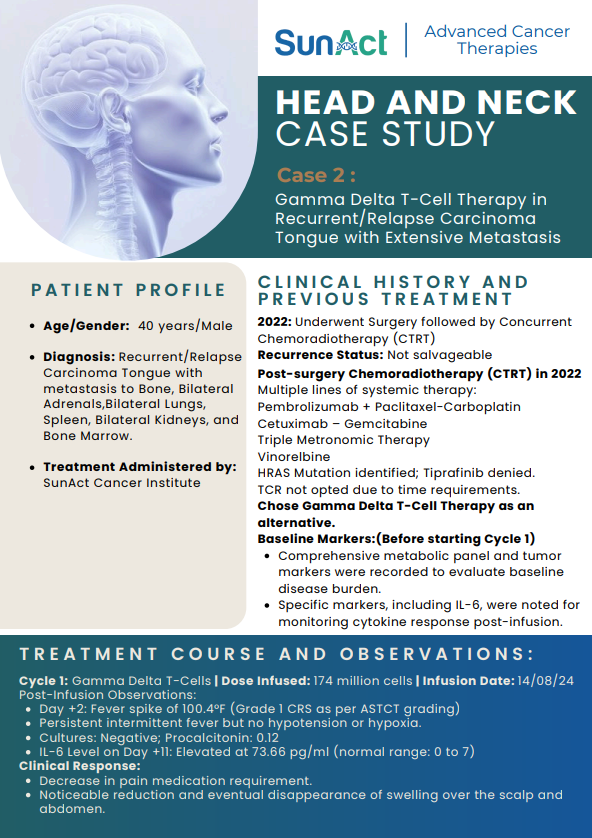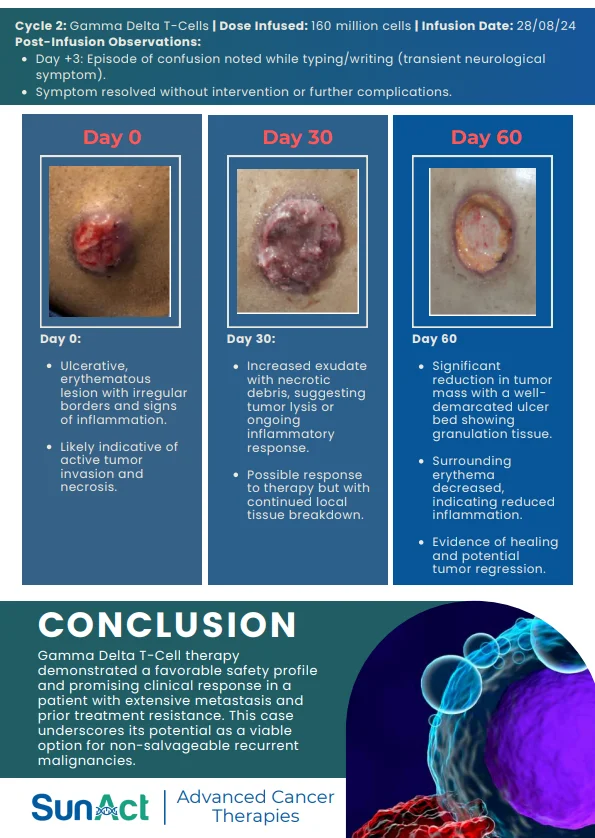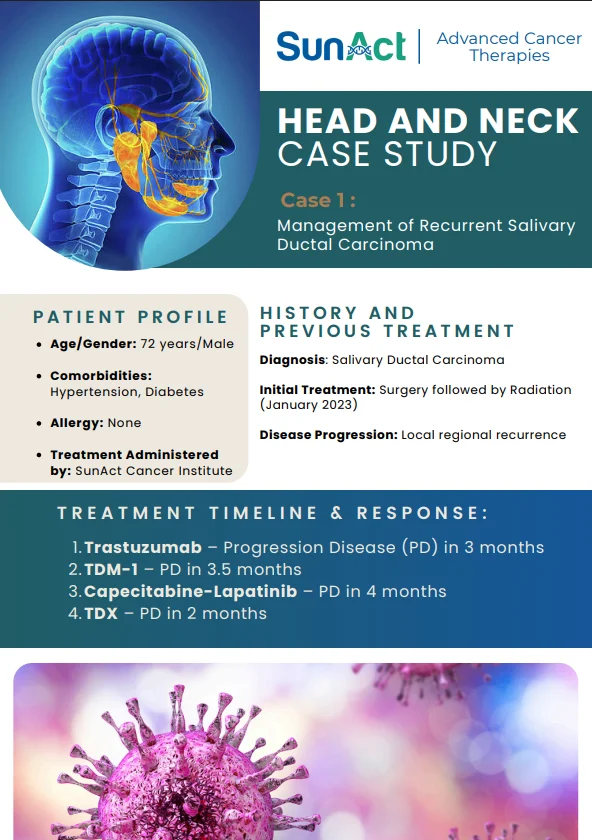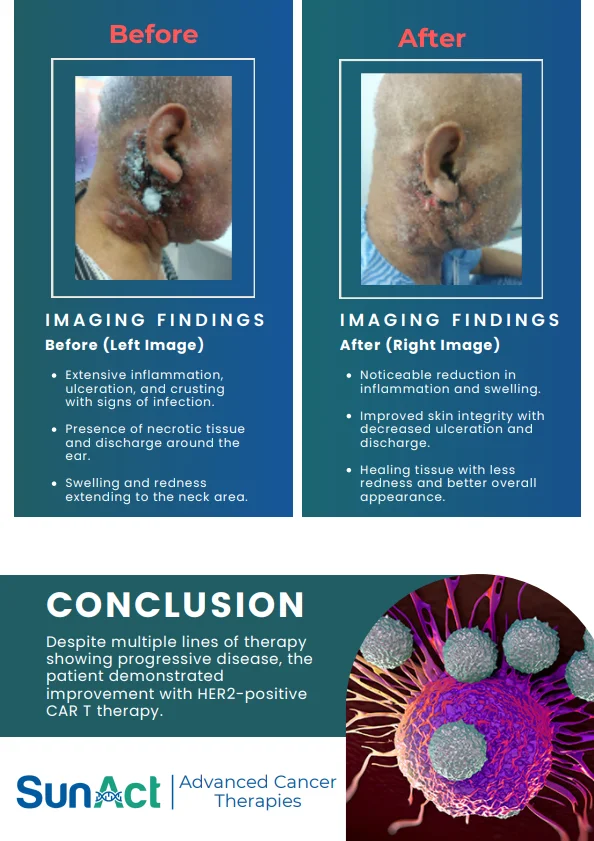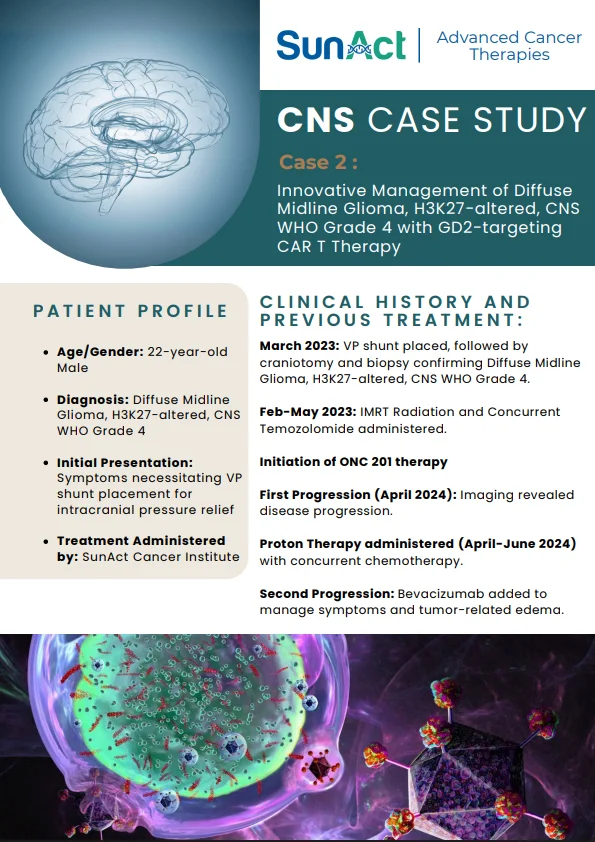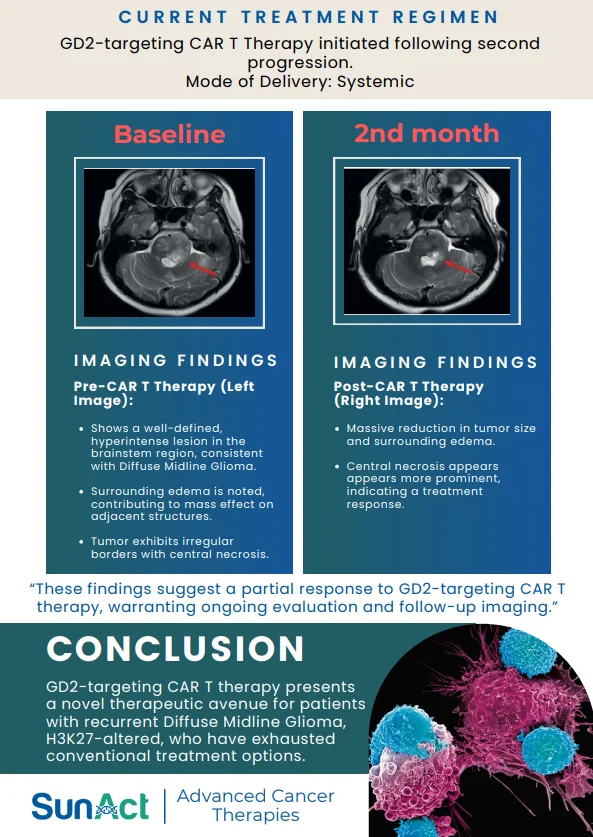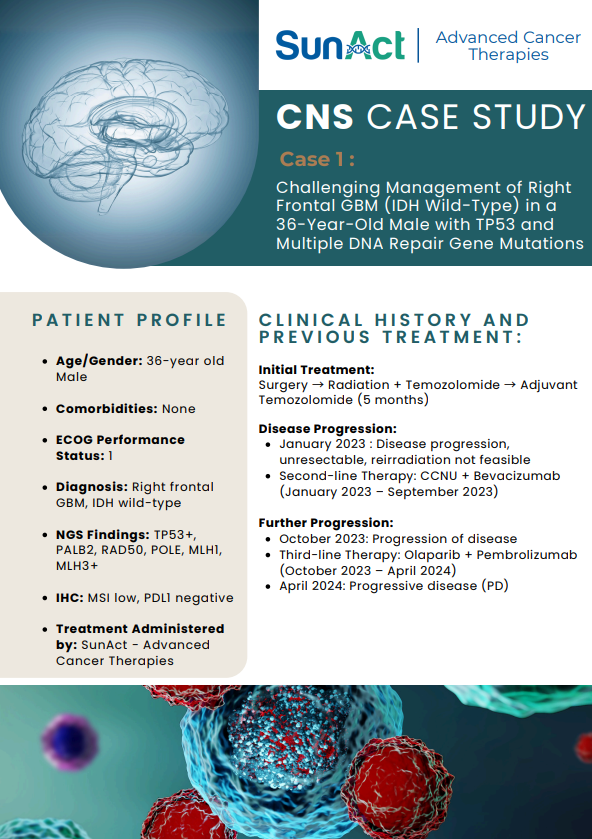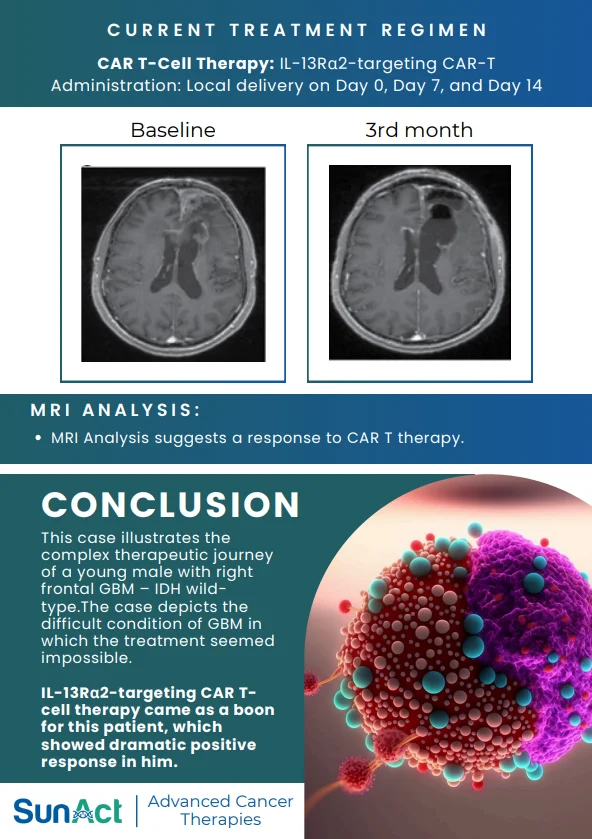20 June 2025
Large B-cell lymphoma (LBCL) is a fast-growing cancer of the lymphatic system that affects certain immune cells called B cells. A treatment called CAR-T therapy has been a breakthrough. This usually involves taking a patient’s own immune cells (T cells), changing them in a lab so they can find and fight cancer, and then giving them back to the patient. However, this process takes many weeks. Also, if a patient has had many previous treatments, their T cells might not be strong enough. A new idea is “off-the-shelf” CAR-T therapy. This uses T cells from healthy donors, which are prepared in advance. This could mean patients can get treated faster with a medicine that is always high quality.
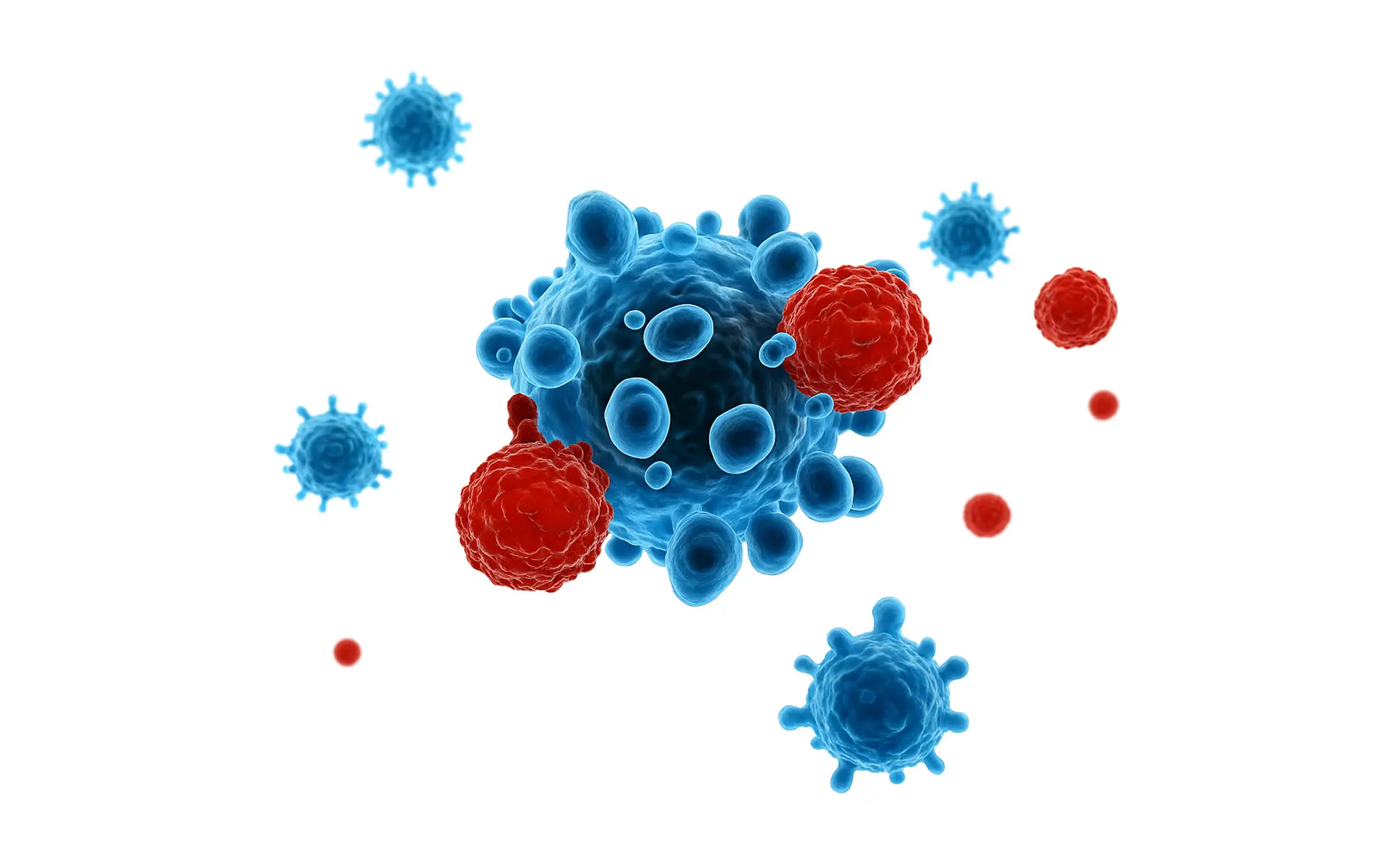
A new medicine called cema-cel is an example of this “off-the-shelf” approach. The T cells from healthy donors are specially changed using advanced science called gene editing. One key change helps stop the donor cells from attacking the patient’s body, a problem known as graft-versus-host disease (GVHD). Another change protects these new T cells from a medication that patients receive to prepare their body for the treatment. This medication helps make space for the new CAR-T cells to do their job. These two important changes make the treatment safer and more effective.
Early studies, called Phase I trials (named ALPHA and ALPHA2), tested cema-cel. These studies involved 33 patients whose lymphoma had returned or hadn’t improved with other treatments. These patients hadn’t received any CAR-T therapy before. First, patients got some medicines to prepare their bodies. Then, they received a single treatment of cema-cel. These patients had already tried, on average, three other treatments, and their cancer was growing fast. The results were hopeful: in more than half the patients (58%), the cancer got better. For over 4 out of 10 patients (42%), there were no signs of cancer left after treatment. For those who responded well, the positive effects lasted for an average of nearly two years (23.1 months). The new cancer-fighting cells stayed in the patients’ bodies for up to four months.
The treatment also appeared to be quite safe. Importantly, no patients developed the serious problem where donor cells attack the patient’s body (GVHD). There were also no severe cases of other common side effects often seen with CAR-T therapy, such as a strong immune reaction called ‘cytokine release syndrome’ (which can cause fever and flu-like symptoms) or problems with the nervous system. The most common side effects were expected ones related to blood counts, like having too few white blood cells (important for fighting infection) or red blood cells (which carry oxygen). These were mostly caused by the preparation medicines given before the cema-cel treatment. No unexpected serious problems occurred.
One of the biggest benefits is speed. Patients could start this “off-the-shelf” treatment very quickly, often within just two days of being enrolled in the study. This is a huge improvement compared to treatments made from a patient’s own cells, which can take many weeks to get ready. Because cema-cel is prepared in advance, every dose has the same consistent quality and strength. This new approach could help more patients get treatment. This includes people at hospitals without specialized labs or those whose own T cells aren’t suitable for making personalized CAR-T therapy. Plus, it seems possible to make many doses – perhaps around 100 – at one time. This could make the treatment available to more people and potentially lower its cost in the long run.
What’s next? Bigger studies, called Phase II and Phase III trials, are needed. These will compare cema-cel to the CAR-T treatments made from a patient’s own cells and to other standard treatments for this type of lymphoma. These larger studies will help doctors be sure about how well cema-cel works, how long its benefits last, and its long-term safety. Scientists will also study the best amount of cema-cel to give, whether a second dose might be helpful, and if it could be used as an earlier treatment option for patients.
“Off-the-shelf” CAR-T therapies like cema-cel are a major step forward in cancer treatment that uses the body’s immune system (immuno-oncology). They help overcome some of the difficulties found with personalized CAR-T therapy, such as long preparation times and problems making the treatment if a patient’s cells aren’t strong enough. This new approach offers hope for quicker, more consistent, and easier-to-access treatments for patients with fast-growing lymphomas.

